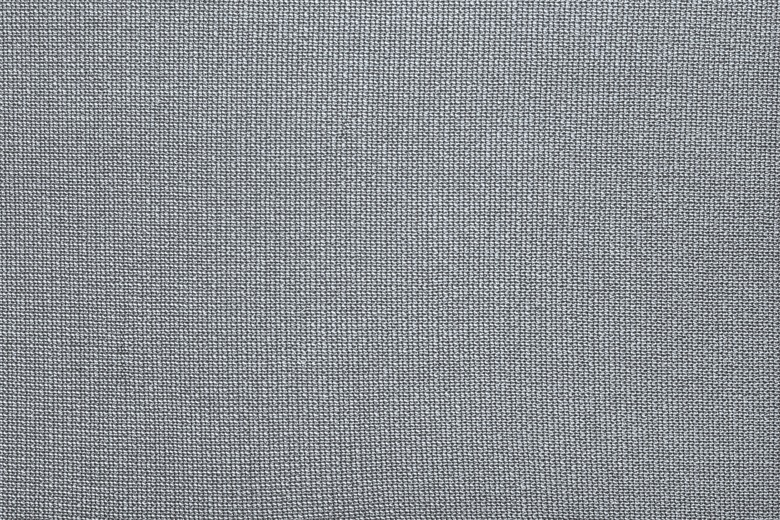What Glue Sticks To Nylon?
Nylon is an extremely versatile and easily obtained material commonly used in craft projects. It is used in various textiles and household products and there may come a time when you need to repair a piece of nylon. Unfortunately, as anyone who has tried to adhere pieces of nylon will tell you, it can sometimes seem impossible to glue. The makeup of the material simply does not bond well to most objects when using standard glue, but there are a few ways to achieve a permanent bond.
Preparation
Preparation
Attempting to bond nylon to just about any other surface with regular glue or even some cheaper brands of super glue will not hold up over time. Nylon is too slick and porous to be easily adhered to another surface without some preparation. To achieve the best results, score the surface that you will be applying glue to first. The best method, especially if it is a large nylon surface, is to use some very coarse sandpaper on it. This will take some of the slickness off the bonding surface and give the glue something to hold onto.
Hot Glue
Hot Glue
Still, without using the proper glue, the bond will fail in no time and you will be re-gluing over and over. Instead, use a hot glue gun. While hot glue may not immediately come to mind as a viable option for something that super glue and epoxies fail at, it is actually one of the best bets for ensuring a long-lasting bond with nylon. This is because nylon is a thermoplastic and will melt under heat, forming a weld with similar materials. If you are attempting to glue nylon to other nylon, plastic or any heat-reactive material, hot glue is the best long-term option. The heat will melt the nylon on the bonding side enough to secure it to the material you are sticking it to, and the glue will then be able to hold enough to complete the bond.
Silicone Caulk
Silicone Caulk
You can forgo the hot glue and opt instead for silicone caulk. Normally reserved for heavier duty building projects, silicone caulk is formulated to form strong bonds between objects like PVC pipe, which shares the same slick plastic characteristics as nylon. Use small dabs of caulk all over the nylon instead of just a straight line. Press and hold the nylon to the surface you are trying to glue it to and be careful not to move it while the caulk soaks in and sets. As with any caulking project, it is a good idea to allow several hours for the caulk to fully set and dry before attempting to do anything with the nylon.
